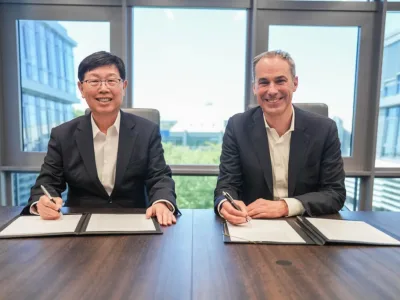
Worldwide manufacture braces itself for semiconductor shortage
Semiconductors are used to manufacture a broad variety of complex technology based components used in everything from cars to LCDs. And the resulting global shortage of this unique resin will drive semi-conductor manufacturing delays and costs up, which will be passed through the supply chain to end user prices.
Car plants in the USA and Germany have already confirmed they are looking closely at their supply chain to define future product levels; many are heavily reliant on electronic component manufacture in Japan.
The Sendai located plant also produced Copper based products and solvents for cleaning Printed Circuit Boards (PCBs). Both are further critical materials used in the production of key technology components.
And whilst many large manufacturers have already invoked Business Continuity plans to overcome short-term supply issues, concern is rising over medium to long term plans to overcome a global shortage.
Probrand’s Iain Bowles, said: “IT materials are at the start of the supply chain – an issue at this birthing stage of products has a knock-on effect further down the chain globally.
“South Korean and Taiwanese semi-conductor manufacturers have confirmed they are unsure how long existing inventories of materials will last or how logistics, power or staffing disruptions will impact supplies. Fuel shortages in Japan are significantly disrupting logistics, which is hampering alternative supply routes.
“Changing to an alternative resin source is a major issue as its characteristics influence overall design and performance of a semi-conductor and therefore the end-user product. This is the cleft stick in the middle of the IT supply chain. Redesign is both time and money sensitive.
“The full impact of this disaster is still not clear but we can see a pattern of short-term power and fuel shortage limiting production in Japan that will influence delivery of products well into the future and some brands are already defining product shortages April onwards. Additional nuances like unique chemical supply are adding to the complexity of Japan’s supply chain challenges.”
About the author
Iain Bowles has been in the IT industry for several decades and has visited the area hit by Tsunami over 80 times in a previous role as sales and marketing director at Fujitsu. He is well respected throughout private and senior government circles for his deep understanding of the IT supply chain and cost structures.
For further information: www.theITIndex.co.uk.
 If you enjoyed this article, you will like the following ones: don't miss them by subscribing to :
eeNews on Google News
If you enjoyed this article, you will like the following ones: don't miss them by subscribing to :
eeNews on Google News



